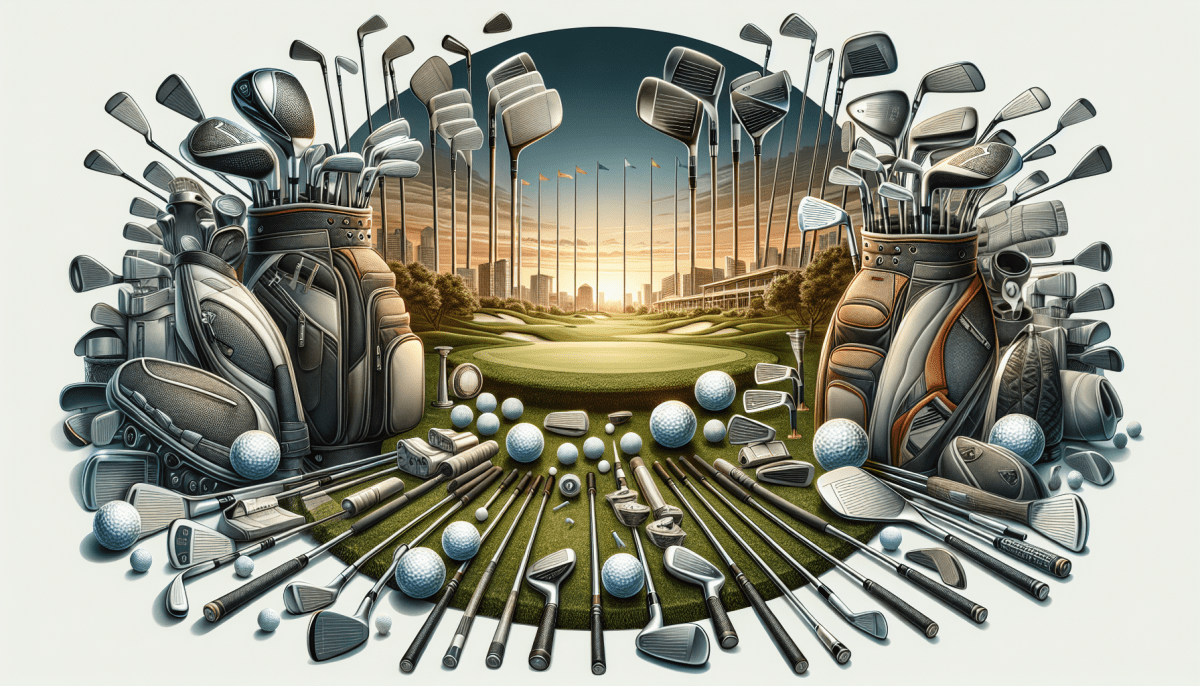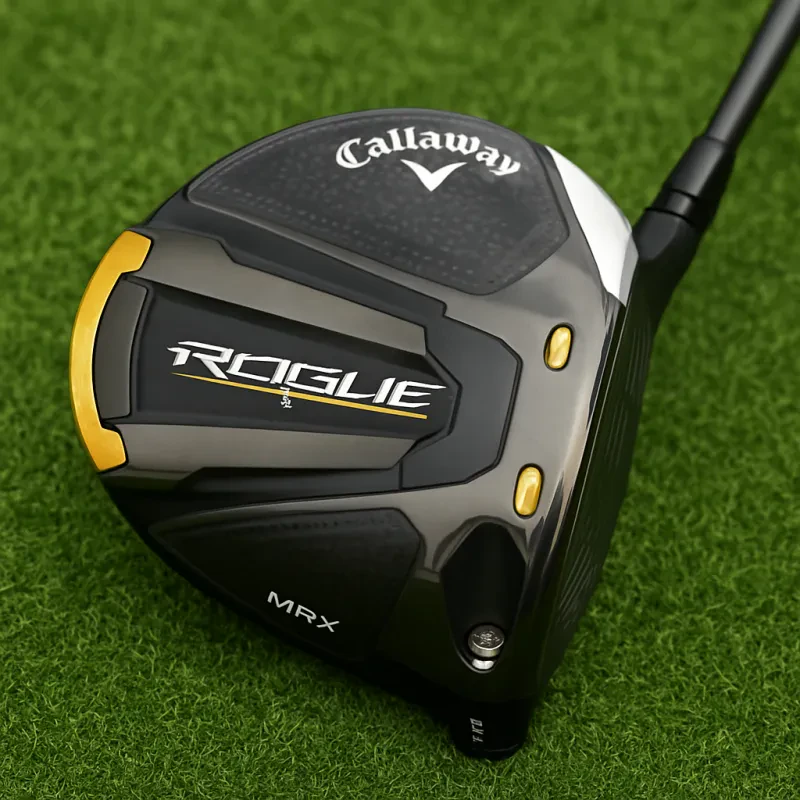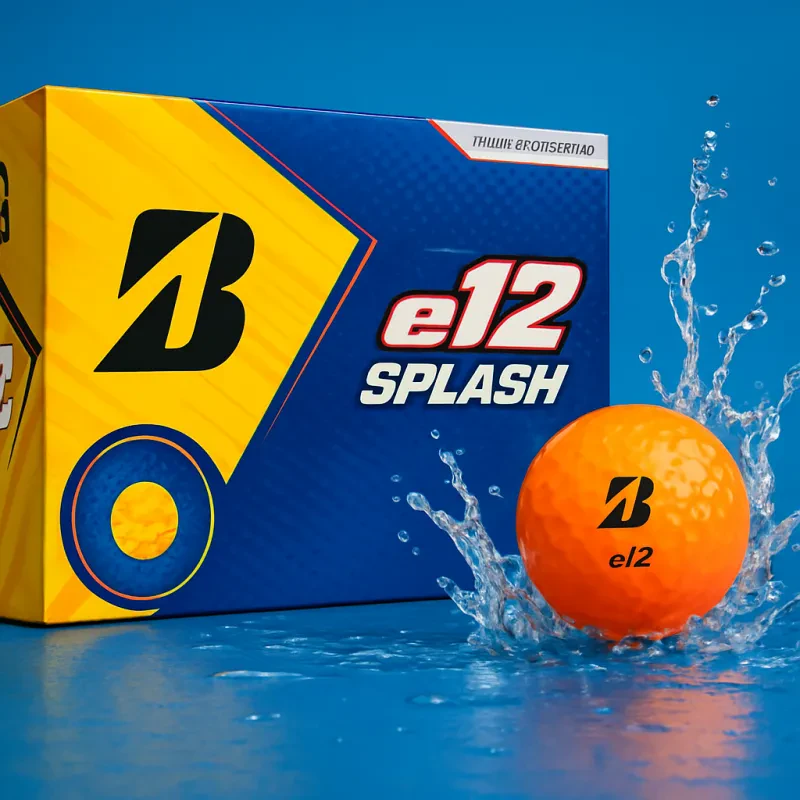When it comes to buying golf clubs, one of the most important decisions you'll make is choosing the right type of club. Golf clubs come in various shapes and sizes, each designed for specific purposes on the course. Understanding the different types can help you make informed choices that suit your playing style and skill level.
There are four types of golf clubs: woods, irons, wedges, and putters. Woods, typically used for long-distance shots, are great for driving off the tee and hitting fairway shots. They are lighter and designed to help you achieve maximum distance. Irons are versatile clubs that can be used for a range of shots, especially when you need more precision. They come in numbered sets, with lower numbers indicating longer clubs and higher numbers for shorter, more accurate shots.
Wedges are a subset of irons with a higher loft, making them ideal for short approaches, chips, and escaping tricky situations like sand traps. These clubs allow you to hit high shots that land softly on the green. Lastly, putters are essential for the final strokes on the green and are designed to help you accurately roll the ball into the hole. Choosing the right combination of these clubs is crucial for improving your game.
As a beginner, starting with a basic set that includes a driver, a few irons (like 7, 9, and a pitching wedge), a putter, and perhaps a hybrid wood is advisable. This selection gives you enough versatility to tackle different situations without overwhelming you. As you become more experienced, you can expand your collection and specialize your clubs based on your preferences. Remember, the right clubs can enhance your performance and enjoyment of the course.
Understanding Club Components
Understanding the key components is essential to making an informed decision when buying golf clubs. A golf club typically consists of a shaft, clubhead, and grip, each playing a significant role in the club's performance. Let's break down these components to make your shopping experience easier.
The shaft is the long, slender part of the club that connects the grip to the clubhead. It comes in various flex options, including regular, stiff, and extra stiff. Your choice of shaft flex can significantly impact your swing. A shaft that suits your swing speed and style can help you achieve better accuracy and distance. Testing different options to find what feels right for you is essential.
Next comes the clubhead, the part of the club that strikes the ball. Clubheads come in different shapes and sizes and influence ball flight, control, and forgiveness. For beginners, a larger and more forgiving clubhead can help with errant shots and improve overall confidence on the course. As players improve their skills, they might consider smaller, specialized clubheads for additional control and precision.
Lastly, the grip may seem minor, but it dramatically affects your comfort and control over the club. Grips come in various sizes, materials, and textures. Choosing the right grip size is crucial; a grip that is too small or too large can lead to discomfort and even affect your swing. Always test grips in-store to find one that feels secure in your hands, allowing for a comfortable and practical swing.
Testing Clubs Before You Buy
One of the most important steps when buying golf clubs is testing them before you make a purchase. Every golfer has unique swing characteristics, and the right club for one player might not suit another. By testing clubs, you can ensure you find the perfect fit that enhances your performance on the course.
Many golf retailers and stores offer demo days to try different clubs on the range. This is an excellent opportunity to experiment with various brands and models. Take your time to test different shafts, club heads, and grips. Pay attention to how each club feels in your hands and how it performs with your swing. Don't be afraid to ask for assistance from knowledgeable staff, as they can provide valuable insights and recommendations tailored to your playing style.
Another effective way to test clubs is to participate in fitting sessions. Professional fitters use advanced technologies, like launch monitors, to analyze your swing and recommend clubs that match your specifications. This personalized approach gives you a better understanding of which clubs can help maximize your distance and accuracy. Even if you're a beginner, a fitting session can be incredibly beneficial in finding clubs that suit your game.
Finally, remember to test clubs on the course whenever possible. While hitting balls at the range can give you a sense of how a club feels, nothing compares to playing a round with it. Note how the clubs perform in different scenarios, like from the fairway, rough, or on the greens. This real-world testing will help you make a more informed decision when selecting your new golf clubs.
Budgeting for Your Golf Clubs
Budgeting can feel like a daunting task when it comes to buying golf clubs. With prices varying widely based on brand, technology, and materials, it’s essential to establish a clear budget before you start shopping. This helps you narrow down your options and ensures that you don’t overspend on equipment that might not even suit your game. Start by determining how much you will spend on your golf clubs overall, then break it down by category.
A good rule of thumb is to allocate your budget to different segments. For instance, if you plan to buy a full set, consider spending more on crucial clubs like the driver and putter, as they can significantly impact your performance. Allocate a smaller portion of your budget for irons and wedges since they can often be found at lower prices, especially if you opt for previous models or used equipment. Don't forget to set aside a little extra for accessories like golf bags, headcovers, or even a good pair of golf shoes!
Research is your best friend when budgeting for golf clubs. Look for sales during off-peak seasons or check out major sporting goods retailers, which often have promotions, especially during holidays. Online marketplaces also offer great deals on both new and used clubs. Reviews and recommendations from fellow golfers can guide you to the best clubs within your price range without compromising quality.
Lastly, remember to keep your skill level in mind. If you are just starting, it may not be worth investing in high-end clubs. Instead, look for affordable, mid-range options that offer great value as you work on your game. Golf is a sport where technology and personal preference matter, so take your time to find clubs that match your playing style and give you the best bang for your buck.



